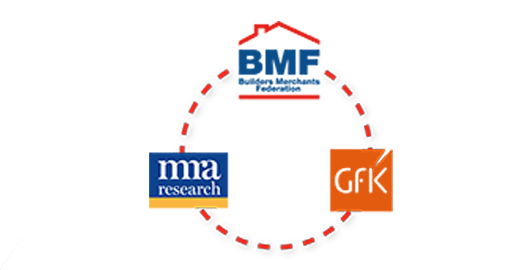West Fraser Comment: Q2 2023
Q2 2023 has continued in much the same vein as Q1, with a softening of demand for wood products and a fall in prices, which have finally bottomed out after the highs of the Covid years.
While better weather at the end of Q2 lifted many sectors within the construction industry, the struggling housebuilding market continues to impact suppliers, contractors and merchants alike. New private housing output fell -8.1% between May and June 2023, and Q2 2023 was down -9.3% on Q2 2022. As a result, demand for timber products remained subdued, amid a wider dampening in demand for housebuilding materials.
That said, it’s not all bad news. The UK’s construction output has improved over the last quarter, helped in part by the +1.6% increase in volume terms in June, which was buoyed by increases in infrastructure new work and non-housing repair and maintenance. We are also seeing inflation gradually coming down and the Consumer Prices Index easing – although too slowly to make any dramatic impact in the short term, at least.
Although it reported a six-point fall in July, consumer confidence, as recorded in GfK’s long-running Consumer Confidence Index, has been improving fairly steadily in the first two quarters of the year and is greatly improved since the lows of September 2022.
The other good news is that the industry is prepared for any upswing in demand as wood supplies are good. The industry has worked hard to replace the imported products which used to come from Russia and Belarus, and Timber Development UK (TDUK) reports that May was the best month for timber imports this year with volume growth across all major categories. Softwood imports were particularly strong, with volumes +8.0% higher than the 2023 average.
Blossoming trading partnerships with European countries, such as Sweden, Republic of Ireland and Finland, continue to ensure supply chains are robust and merchants have access to high quality wood products.
There are reasons for cautious optimism: the economy has proved to be more resilient than most of us expected, and although some forecasters still expect the worst, the balance of expectations seems to be shifting to a slow, moderate recovery in the rest of 2023 and 2024.



